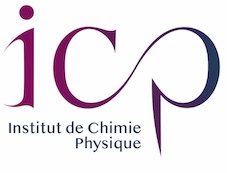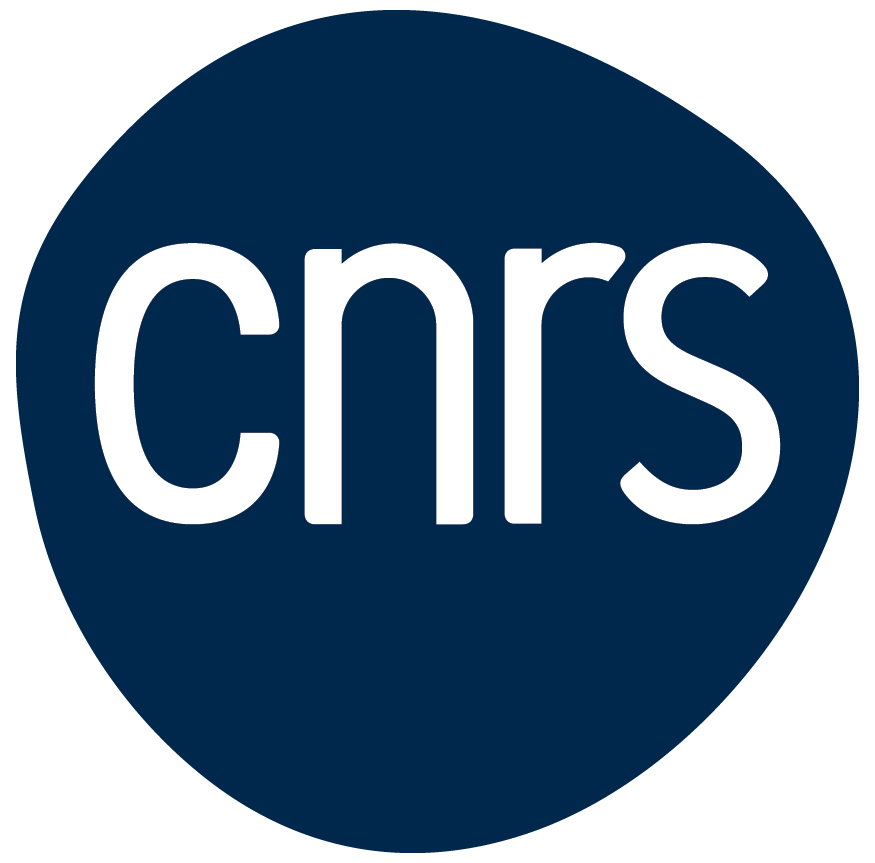Semiconductor quantum dots reveal dipolar coupling from exciton to ligand vibration
Résumé
Within semiconductor quantum dots (QDs), exciton recombination processes are noteworthy for depending on the nature of surface coordination and nanocrystal/ligand bonding. The influence of the molecular surroundings on QDs optoelectronic properties is therefore intensively studied. Here, from the converse point of view, we anlayze and model the influence of QDs optoelectronic properties on their ligands. As revealed by sum-frequency generation spectroscopy, the vibrational structure of ligands is critically correlated to QDs electronic structure when these are pumped into their excitonic states. Given the different hypotheses commonly put forward, such a correlation is expected to derive from either a direct overlap between the electronic wavefunctions, a charge transfer, or an energy transfer. Assuming that the polarizability of ligands is subordinate to the local electric field induced by excitons through dipolar interaction, our classical model based on nonlinear optics unam-biguously supports the latter hypothesis.
| Origine | Fichiers éditeurs autorisés sur une archive ouverte |
|---|


